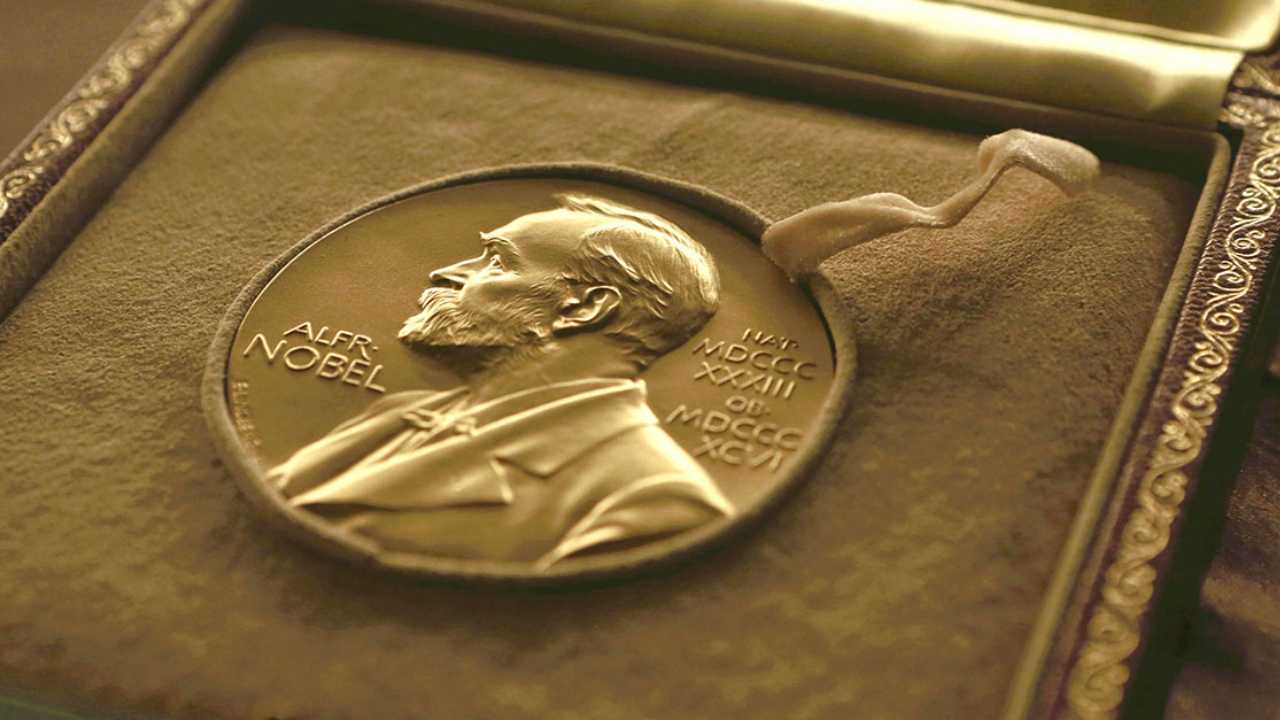The Nobel science prizes reward not only the individual laureates, but also their universities, a competition won by far by the United States’ prestigious faculties. Since the Nobel Physics, Chemistry and Medicine Prizes were created in 1901 and the award for Economics in 1969, 703 researchers have been rewarded for a total of 441 works, according to the official Nobel website (nobelprize.org). Americans are by far the biggest nationality represented in the Nobel science list, with 248 of them, or 35 percent, born in the United States. However, the domination by American universities becomes even greater when the work of researchers of other nationalities is taken into account: 57 percent of the Nobels distributed—or 251 out of the 441 pieces of work rewarded—have gone to researchers linked to an American university at the time of the prize.
University of California top
The University of California is on the top of the podium, with 36 prizes, of which 12 for chemistry and 11 for physics. The first of its laureates was the physician Ernest Lawrence, who won the Nobel Prize in 1939 inventing the first cyclotron, a particle accelerator which in its modern version is still much in use, especially in medicine to diagnose cancer. Harvard University is on the second step of the podium with 33 wins, of which 11 in medicine and eight in physics. Next in line in third place comes a non-US university, Cambridge in England, with its 28 Nobel prizes, including those won by its Laboratory of Molecular Biology. Nine of the 11 universities which have won more than ten awards are American. They include Stanford (22 prizes), MIT (20) and Chicago University (19). After Cambridge, only Germany’s Max Planck Institute with its 20 laureates has managed to join the American-dominated club. The universities’ ranking differs from prize to prize. The Nobel Medicine Prize is dominated by the Rockefeller University which has 13 wins, including that of Charles Rice, one of the three 2020 laureates who was rewarded on Monday for discovering the Hepatitis C virus. Harvard follows with 12 and Cambridge seven. France’s Pasteur Institute has also distinguished itself in medicine with four awards, the most recent in 2008 by Francoise Barre-Sinoussi for her role in the discovery of HIV. The University of California comes at the top of the class for chemistry with 12 wins, and 11 in physics. In third place are the Max-Planck Institute and Cambridge, with 11 prizes each in chemistry, followed by Stanford (10), the California Institute of Technology and Harvard (eight each) in physics. In economics the University of Chicago comes at the top of the class with 12, before California (eight) and Harvard (seven). Several less prestigious institutions have also made their mark. Since 2010, the Howard Hughes Medical Institute has won the most prizes, with three in chemistry and three in medicine.


)

)
)
)
)
)
)
)
)



